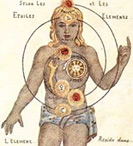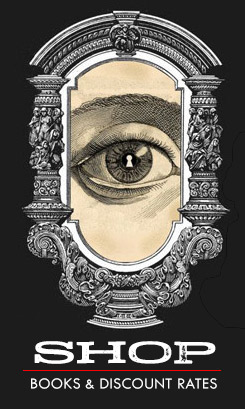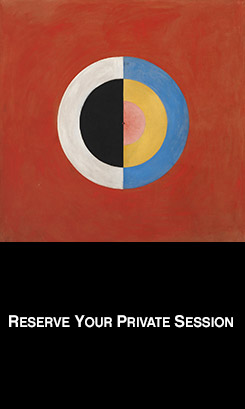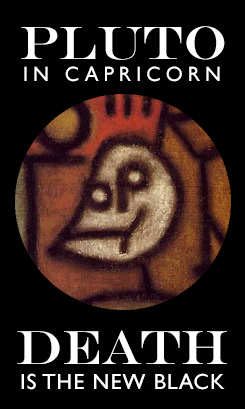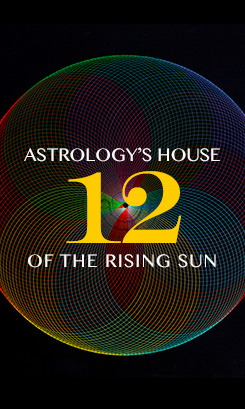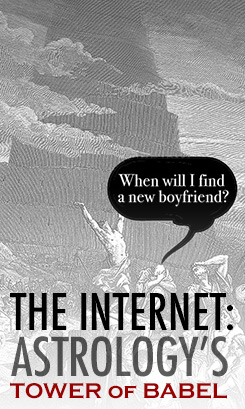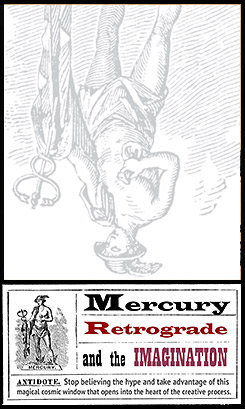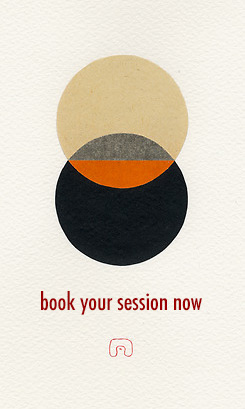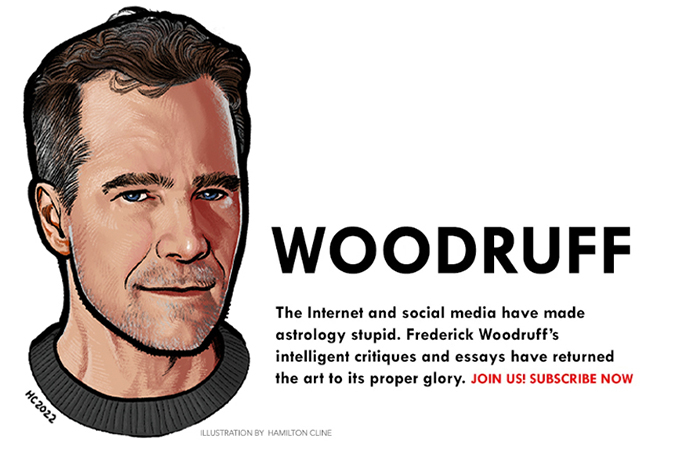AstroInquiry is now WOODRUFF
As of early 2021, I have shifted my writing endeavors from my website AstroInquiry to the WOODRUFF newsletter on Substack.
Most likely, you’re looking for astrological content that’s off the beaten path. Great! You’ll find it on WOODRUFF: Articles and deep-dive essays like:
![]()
• Is Astrology Making You Crazy?
• Charisma: What’s YOUR Quota?
• Saturn: The Work and The Love
• Nonsense & Malaise: Astrological Insights for Maneuvering the Hive
• When Mars Turns Against You—Uh oh!
• The 12th House: Astrology’s House of the Rising Sun
• Time to Talk About Trump (with astrologer Jessica Murray
• A.E. Waite’s Vision: Two Tarots to Rule Them All
![]()
Are you ready? Join my tribe of 2,800+ subscribers, you’ll enjoy the ride.
Love,

![]()
“FREDERICK IS A LUCID THINKER and a bad-ass wit, qualities one doesn’t see often in astrological writing. He’s a gimlet-eyed observer of contemporary culture, with an intelligence that is grounded in erudition and spiritual sophistication. His writing never fails to surprise, to delight and to teach.” — Jessica Murray, author of Soul-Sick Nation and At the Crossroads.
•
“FREDERICK WOODRUFF is like a four-dimensional eyeball capable of not just understanding and interpreting bodies in space, but translating their movements into the entire socio-political, psychological zeitgeist.” —Cintra Wilson, author of Fear and Clothing, Unbuckling American Style
•
“FREDERICK IS A SAGE with a wise and awake worldview who demystifies the abstract and opens doors of new astrological perception. His Substack columns are the only thing I read as soon as they’re published.” —Ronnie Grishman, Editor Emeritus Dell Horoscope
•
“ALWAYS FULL OF SURPRISES, Frederick Woodruff knows how to deliver a rip-roaring read. His depth, integrity, and kindness mark him as a keen astrologer and wonderfully gifted guide.” — Debbi Kempton-Smith author of Secrets From a Stargazer’s Notebook
•
“WOODRUFF is a longtime astrologer—practicing what would be considered psychological-spiritual astrology—and although he identifies himself as a ‘skeptical mystic,’ my best attempt at defining his style is that he writes as a post-intellectual, post-conceptual, back-to-the-precious-human-body, direct-personal-experience kind of guy.” —Mary Plumb, The Mountain Astrologer
![]()
10 Things To Know About the Recent Jupiter and Saturn Conjunction in Aquarius
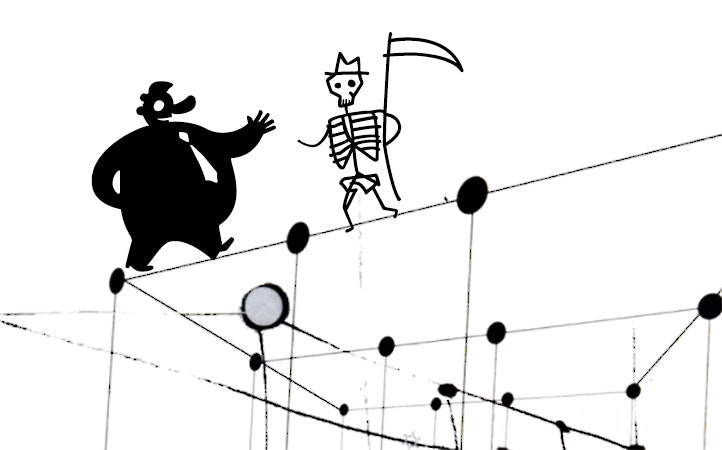
![]()
Here are ten facts, figures, and thoughtful suggestions to get you through the next twenty year Jupiter Saturn cycle. The Jupiter Saturn conjunction in Aquarius occurred on December 21, 2020. This conjunction was a big deal, one of astrology’s biggest players.
1. You will find new ways to reconcile two opposing parts of your nature. The king/queen and the grim reaper are forced into a meet-up to hash shit out. These two psychic components are made significant by their alignment with the forces that govern growth and decay in nature.
2. As relates to our experience of time: Jupiter leads us towards the future (filled with unlimited potentials and big dreams). Saturn says, “Do it now because everything ends.†For all of us, our biggest ‘problem’ in life is that we think we have time. Again, some sort of reality check is required from you.
3. Kings, rulers, presidents die–if not metaphorically then literally—during the Jupiter Saturn conjunction (hereon out the JSC). This has been going down since the beginning of time. During the 19th and 20th centuries, any US president elected during the JSC died of natural causes or was assassinated in office, but this track sorta broke apart in 1980 when the conjunction occurred in Libra (although Reagan was almost taken out by an assassination attempt). In 2000, the rightful winner of the presidency, Al Gore (who won the popular vote), was ‘taken out’ by the Supreme Court in Florida’s infamous ‘hanging chad’ fiasco. The 2020 conjunction finds Joe Biden in the JSC hot seat and I’ve speculated that he might mark a return to the pattern, making Kamala Harris the first female president in the US’s history. Read more
Why Astrologers Need to Study Wittgenstein

Paul Horwich, in a long NY Times essay wrote:
Wittgenstein isn’t a walk in the park, but he’s worth your effort because the more you study his philosophy — which was actually, in spots, more akin to mysticism — the more freedom you might gain as an astrologer.
Like the closet mystic Carl Jung, Wittgenstein knew how to couch his propositions to pass the scrutiny of his peers (well, except for his mentor Bertrand Russell who he drove to fury by disregarding traditional formulations of logic.)
And because of this sketchy dance, between chilly logic and the nimbus of mysticism, I find Wittgenstein to be the most satisfying of linguistic rebels. His mix of the effable with the ineffable mirrors in a direct way how human beings toil with making sense (or a muddle) of astrology. Read more
The Spatial Quandary of Kala Sarpa Yoga
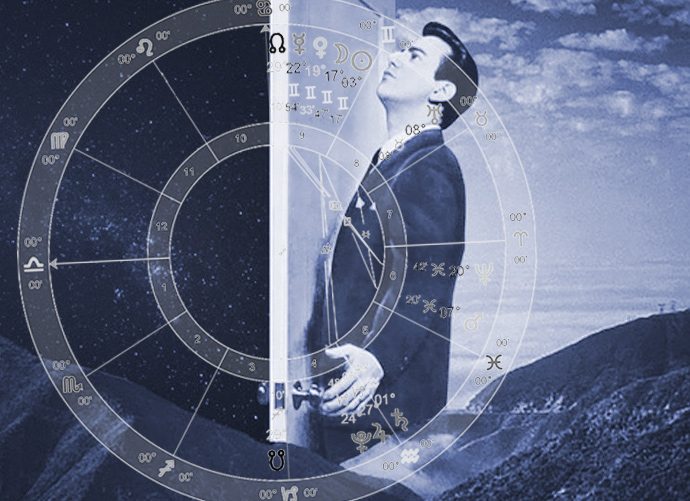
In India there is an astrological term that corresponds to our current pandemic-related claustrophobia.
This cosmic configuration is called the Kala Sarpa Yoga.
I’m not a Vedic astrologer but I’d asked my colleague Kate Petty about our current exaggerated sky pattern last month and she mentioned how, within Indian astrology, the pattern is considered extreme and perhaps inauspicious — and that got my head whirling. And so I did some research.
Kala Sarpa Yoga is generally studied in natal astrology and relates to a condition where the seven planets that are worked with in Vedic astrology (Sun, Moon, Mars, Venus, Jupiter, Saturn, Mercury) are trapped between Rahu (the Moon’s North Node) and Ketu (the Moon’s South Node).
Of course, modern Western astrology also includes Uranus, Neptune and Pluto in the pantheon. And this is why when I first started to consider our current sky pattern — where the Nodes have locked all of the solar system into one half of the zodiac, I was struck by the pattern’s literal correlation to the COVID pandemic and the feeling that — well, people feel trapped — frozen in time.
Think of it metaphorically: Picture a pie where all ten pieces of the pie are crammed into just one-half of the pie plate— instead of being evenly dispersed in the circle.
Just about anyone you talk to nowadays would acknowledge this feeling of restricted disproportion. It’s like we are forced into viewing the world through a pair of glasses where one of the lenses is blacked out or a blinder is in place on one side of the frames. Our ability to remain objective is severely compromised.
Kala means time, Sarpa means Serpent and Yoga means combination. So we could read Kala Sarpa Yoga, when considered within mundane (world-focused) astrology, as global consciousness trapped into one segment of time.
In Vedic astrology the Moon’s Nodes are based on a snake metaphor, whereas in Western astrology they are aligned with the image of a dragon. The Nodes in both systems are highly charged points that mark the eclipse cycles, and if you think of time as an actual entity — not just a conceptual creation — the Nodes would mark the entrance and exit points of force, within time’s body.
This is a topic for another article, but I’ll just say quickly that it was Rudolph Steiner‘s explanation of solar and lunar eclipses that made me reconsider the Moon’s Nodes in a different light.
What’s interesting is that the Kala Sarpa Yoga began to move into exactitude about a month before the Covid-19 pandemic was acknowledged as an encroaching and unavoidable health crisis. Read more
Join Us on the Stargazer Podcast May 25
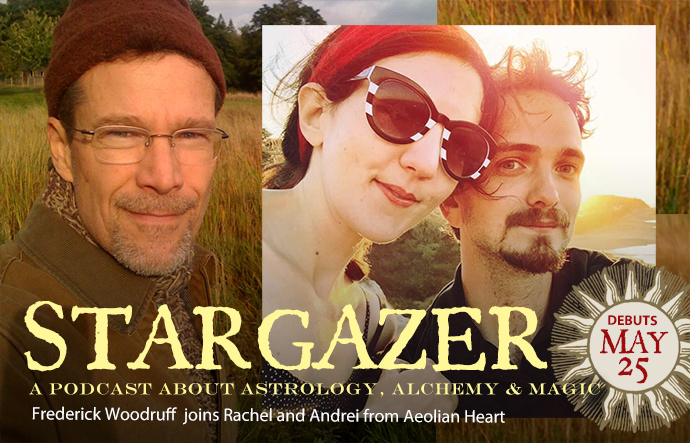
On the weekend I got together — virtually — with Rachel and Andrei from the Aeolian Heart website to record two episodes for their Stargazer podcast.
The cast is debuting today May 25. And you can listen to the first episode here.
And you can listen to the second episode here.Â
Rachel, Andrei and I took on a free-for-all approach to the conversation and let imagination lead the way.
I was reminded, once again, that when you’re an astrologer you’re a lifelong student. Both of these artist/scholar/astrologers offered a wellspring of cogent astro-facets to consider.
• We covered everything from our fandom for art and culture critic Camille Paglia.
• To the conundrums of traditional astrology and the gnarly topic of prediction and dignities — and how potentially harmful those can be for a novice client. “Oh your Venus is in Virgo? I’m sorry!”
• We also consider the invasion of the Jungian world (synchronicity and archetypes) into modern astrology.
• Qualia (and wine tasting 🍷) and a language for describing the present moment.
• How has the astrologer’s ability to communicate astrology developed over time.
• Humanist philosopher Marsilio Ficino as a proto-psychological astrologer.
• Modern astrology’s indefatigable connoisseur Liz Greene.
• Morrisey‘s song Hairdresser on Fire — (you just have to listen to the episode).
• Please be advised that there is some salty language in the cast.
Enjoy the episode and you can leave us comments on my Facebook post here.Â
Be sure to visit Aeloion Heart and subscribe to Rachel’s newsletter — she’ll surprise you over and over with her scholarly astro-musings.
Happy listening and holiday!
Cheers,

COVID-19 and the New Retrograde Cycles
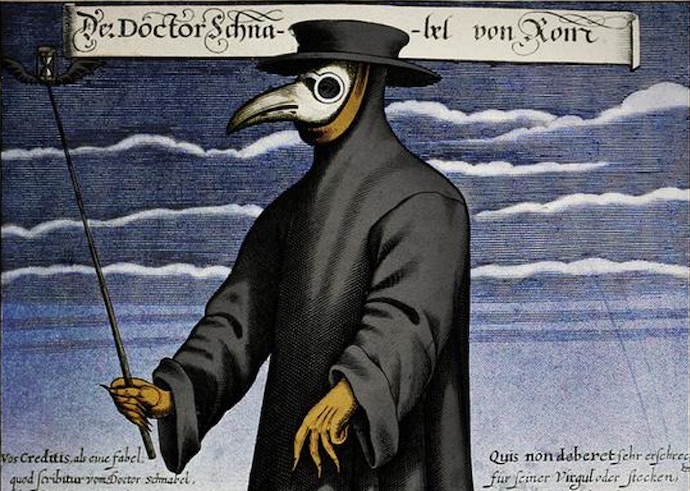
Pluto stationed retrograde a couple of days ago, just as people were succumbing to the springtime urge to free themselves from lockdown:
“…beaches in the southern part of California were packed with thousands of people over the weekend.”
Sunscreen but no masks or social distancing. Very American.
Saturn will retrograde back towards the COVID start point on May 11, in tandem with more easing of constraints.
Planets do not move backward through the Zodiac, but the Earth does move CLOSER to the planet as it catches up with the orbiting planet and then surpasses its orbit; creating the appearance of retrograde conditions.
The whole notion of retrogrades and ‘revisiting’ or ‘redoing’ feels like semantical idiocy to me. I’ve always found this embarrassing about astrology, along with notions of ‘intercepted houses’ and other non-literal conditions that are treated as factual.
What does seem germane is planetary proximity, which could be read as intensification. As an astrologer of 45 years, I’ve never noticed any alteration or ‘weakening’ of a planet that is retrograde at birth, in fact, more the opposite, they are often more emphatic.
Astrologer Noel Tyl claimed that a natal retrograde planet, in his experience, was so potent it threw its influence across the wheel, highlighting the house in the opposite hemisphere. I can attest to this with a retrograde Saturn in the 4th house and the aspiration associated with my chart’s Taurus midheaven — namely the desire to live in the natural world completely — which, fortunately, I’ve achieved. My home (4th house) and business (10th house) are combined and entwined completely within nature.
So Saturn and Pluto retrograding back through Capricorn in late spring toward the hotspot of their January conjunction (which coincided exactly to the recently confirmed dates when COVID first registered in the US) would translate as acceleration, not deceleration — and possibly an increase in potency.
I’m afraid this is going to turn ugly and have the opposite impact as what’s hoped for and intended. The silver lining would be more casualties associated with Trump’s feeble-minded handling of what was announced to him in early January as a looming pandemic. Translated: fewer votes in November.
There’s all of this talk of building herd immunity — but as is the case with most theoreticians, they aren’t the ones that actually inject themselves with whatever they are blowharding about — so think twice about exposure and your own springtime hormonal blowouts. You might not live to see the child you fathered in May come to full term the following year.






